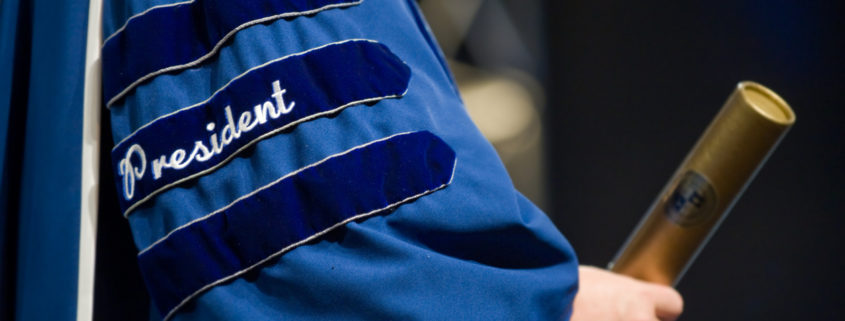College Administrator Data/Turnover Rates: 2018-Present
New research from Higher Education Publications, Inc. indicates that top-level positions at colleges and universities are experiencing some of the highest employee turnover rates when compared to other administrators. Our analysis tracked administrators at accredited colleges and universities in the United States and found that presidents, chancellors and provosts were three of the top fifteen positions with the highest administrative turnover in the last 36 months. Provosts were number one in turnover.
Noted are the top 15 turnover percentages for college administrators tracked in the HEP, Inc. database since April 2018, or 36 months.
-
- Provosts 50%
- Dean of Education 44%
- Dean of Art and Science 42%
- Director of Branch Campus 42%
- Dean of Business 42%
- Director of Institutional Advancement 41%
- Director of Enrollment Management 39%
- Director of Diversity 39%
- Director of Admissions 39%
- Chief Financial/Business Officer 37%
- Chief Student Affairs/Student Life Officer 37%
- Associate Academic Officer 37%
- Chief Executive Officer (President/Chancellor) 36%
- Chief HR Officer 35%
- Director of Student Housing 35%
*Positions listed required a minimum of 700 reported administrator counts to be included. Administrator turnover rates are pulled from schools that reported that particular position in 2018 and 2021.
- The average turnover rate of 125 different administrator positions tracked by HEP Inc. was 34%.
- Of the 3,391 provosts reported by schools in The Higher Education Directory in 2018 and 2021, 1,691 or 50% are new as of April 2021.
- Presidents and chancellors are 13th on the list with a total of 1,502 out of 4,135, or 36% being new.
- Rounding out the bottom of the list with the lowest percentage turnover are directors of institutional research with 26% changed.
When compared to other administrators, the cause for such high-level turnover in presidents and provosts can be linked to many diverse issues such as growing financial instability, COVID, and faculty and Board pressures. Also, traditionally colleges and universities have made leadership selections from within, minimizing risk. According to the American Council on Education, 60 percent of current presidents at doctoral-granting universities were once provosts prior to accepting presidency. However, another study released by ACE found that only 30 percent of current provosts plan to pursue presidency. As a result, traditionally qualified presidents are becoming harder to find, thus creating a higher risk of turnover through a limited supply of conventional talent.
According to Roland King, former VP for public affairs at the National Association of Independent Colleges and Universities (an association of more than 1,000 private non-profit college presidents), finding qualified presidents is increasingly complicated. King says that half of exiting presidents in 2018 had a tenure of 10 years and that following an established president has its positives and negatives. He said, “certainly, long tenure indicates some level of institutional stability, and often a supportive board of trustees, but it also can point toward institutional atrophy. An administration can get lulled into a ‘way we’ve always done it’ mentality, ignore danger signs and fight change and innovation.”
According to R. William Funk, CEO of R. William Funk & Associates, “There has recently been a spate of presidents stepping down or retiring under a cloud of controversy. In some cases, the departure of the president has been hastened by wrongful deeds perpetuated by subordinates, while others are victims of greater student and faculty activists, board dysfunction, or the accumulation of controversial decisions they have made. Rightly or wrongly, the buck stops at the feet of the president.”
COVID-19 has undoubtedly increased issues facing upper level administrators since spring of 2019. According to an ACE survey done between April and July of 2020, currently the most pressing issues for presidents include long term financial viability, mental health of students, faculty and staff, and sustaining an online learning environment. According to Larry Lad, a senior consultant at the Association of Governing Boards of Universities and Colleges, “Leadership is situational and presidents who were put into place to make incremental changes in a relatively stable environment can no longer count on the same set of skills to carry them through the coming months in years.”
Only time will tell whether top leaders can execute an acute understanding of today’s complex issues that are increasingly leading to involuntary turnover. It’s difficult to predict whether COVID will keep turnover rates up, however you can stay up-to-date with college and university administrators through HigherEd Direct – the database used to compile this research article: Free Trial Here.


Leave a Reply
Want to join the discussion?Feel free to contribute!